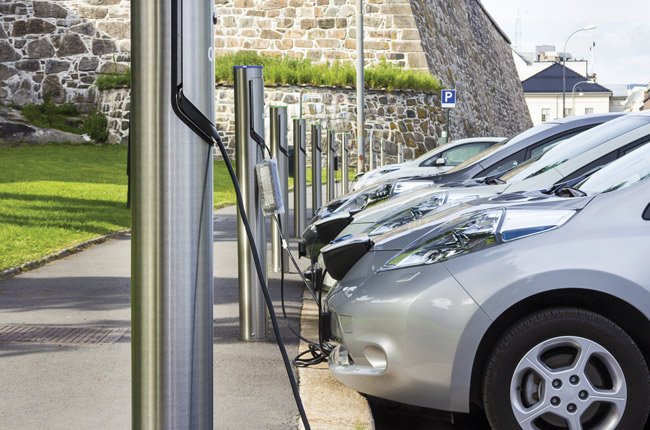Growing interest means more opportunities for dealers to capitalize on EVs.

In June, I had the honour of attending the world’s largest electric vehicle (EV) conference, Electric Vehicle Symposium & Exhibition 29 (EVS29) in Montreal.
This year’s conference showcased new models, new technology, and new interest. From wireless in-wheel motors to solar panel roofs, the ideas presented were as innovative as they were interesting.
The message of the conference was clear — the rise of electric vehicles has only just started.
According to a report published by the International Energy Agency that examines EV trends for 2016, the world passed the threshold of one million EVs on the road in 2015, clocking in at 1.26 million units by the end of the year.
Within our own country, EV sales are rising fast. According to fleetcarma, dealers in Canada sold 1,741 EVs in the first quarter of 2016, up 75 per cent from last year’s 994 cars.
The steady climb is due to a number of factors.
The first step is price improvements. Recently released research by Bloomberg New Energy Finance forecasted EV sales will reach 41 million by 2040, making up
35 per cent of new light duty vehicles sold.
This increase will be prompted in part by a drop in battery costs that will make EVs price competitive with conventional cars. The price of lithium-ion batteries has already gone down 65 per cent since 2010, and researchers predict it will fall at least another 60 per cent by 2030.
What’s more, new models are making range anxiety a thing of the past.
At EVS29, Nissan’s global director, Kazuo Yajima, revealed the next generation LEAF will have a range between 210 and 220 miles, more than double the current model. In fact, most 2017 models have a 100 plus mile range, while many OEM offerings hit more than 200.
Government incentives have also helped many countries become EV success stories. One analysis of EV sales in the EU between 2010 and 2014 found the number of per capita sales in member states corresponded with the dollar amount of the incentives they offered.
Canada is already ahead in this respect. Many provinces have launched incentive programs that have already helped boost sales. In British Columbia, first quarter EV sales are more than double 2015 numbers due to the re-introduction of the Clean Energy Vehicle (CEV) for BC program last April.
Of course, dealers play a huge role in creating these incredible numbers. Electric vehicles can be a great way to meet and beat sales targets, as well as win access to a new customer base.
If you choose to stock EVs at your dealership, it’s important to make sure all staff are up to speed on this exciting technology. This includes potential costs and savings, differences from a conventional vehicle, and government incentives that can lower the sticker price.
Some dealerships have encouraged their staff to test out electric models for themselves, while others, recognizing the complexity of these new cars, have a product specialist available on-site or by phone.
Though EV sales are just starting to catch on, now is the time to adjust to this new technology that is here to stay.
With constantly improving technology, growing interest, and tightening emissions regulations, EVs are set for a meteoric rise in coming years.
I’m excited to see where the next decade will take us.











